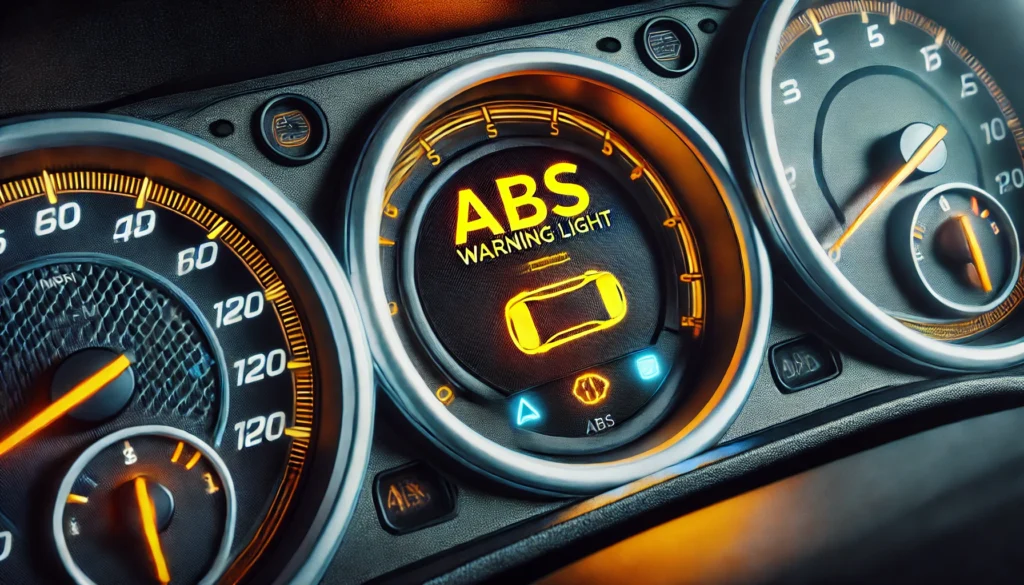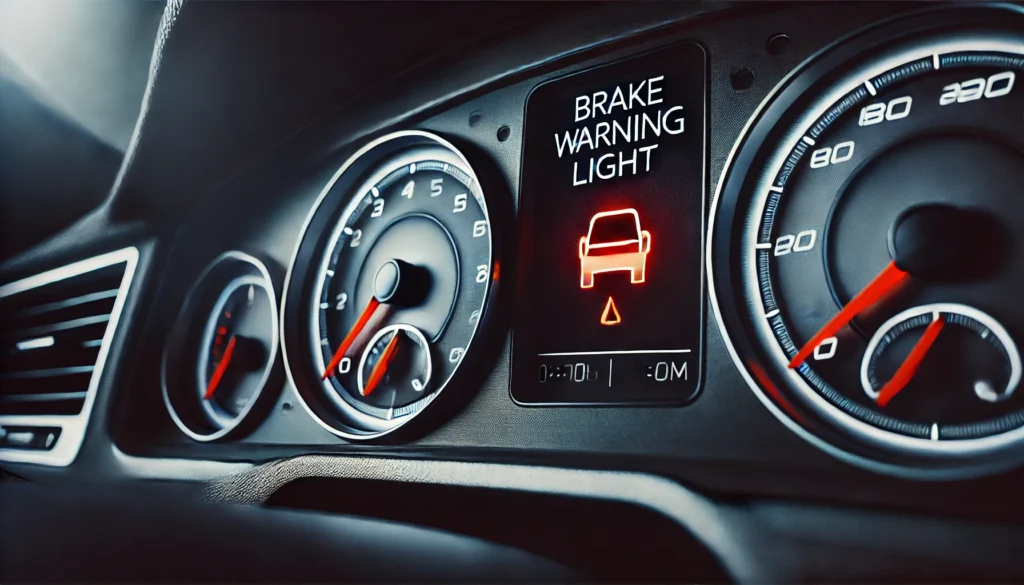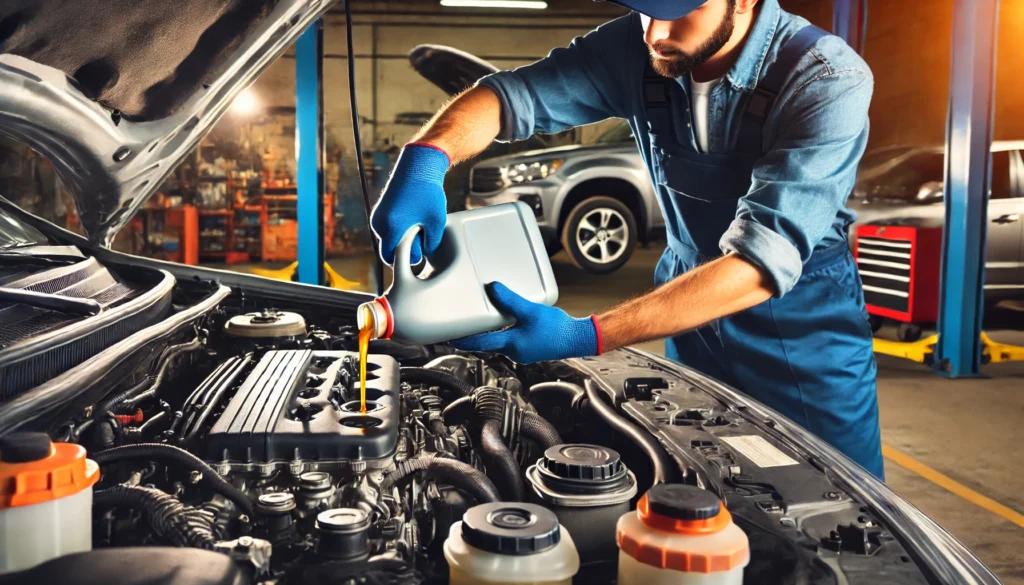The ABS (Anti-lock Braking System) and brake light on your vehicle’s dashboard are crucial indicators designed to alert you to potential issues with your braking system. Understanding why these lights come on and knowing how to respond can help you maintain your vehicle’s safety and performance.
What is ABS?
The Anti-lock Braking System (ABS) is a safety feature in modern vehicles that prevents the wheels from locking up during braking. This system allows the driver to maintain steering control, reducing the risk of skidding and improving vehicle stability during emergency stops.

Why Does the ABS Light Come On?
The ABS light on your dashboard indicates an issue with the ABS system. Here are some common reasons why this light might come on:
- Faulty ABS Sensor: Each wheel has a sensor that monitors its speed. If a sensor fails or becomes dirty, the ABS light will illuminate.
- Damaged Wiring: The wires connecting the ABS sensors to the control unit can become damaged or corroded.
- Low Brake Fluid: The ABS system relies on brake fluid to function correctly. Low fluid levels can trigger the ABS light.
- Faulty ABS Module: The control unit that manages the ABS system may malfunction, causing the light to turn on.
What is the Brake Light?
The brake light on your dashboard is a warning indicator for your vehicle’s overall braking system. This light can signal various issues, from minor to severe.
Why Does the Brake Light Come On?
Here are some common reasons why the brake light might come on:
- Low Brake Fluid: One of the most common causes of the brake light is low brake fluid. This can result from a leak or worn brake pads.
- Worn Brake Pads: As brake pads wear down, the brake fluid level in the master cylinder drops, triggering the brake light.
- Engaged Parking Brake: Even a slightly engaged parking brake can cause the brake light to illuminate.
- Brake System Leak: Any leak in the brake system reduces hydraulic pressure, causing the brake light to turn on.

What To Do When These Lights Come On?
If the ABS or brake light illuminates on your dashboard, it’s crucial to address the issue promptly. Here are some steps you can take:
- Check the Brake Fluid: Ensure the brake fluid level is within the recommended range. If it’s low, top it up with the appropriate type of fluid.
- Inspect the Brake System: Look for any visible signs of leaks or damage to the brake lines, calipers, and rotors.
- Consult a Professional: If you’re unable to determine the cause of the warning lights, take your vehicle to a certified mechanic. They can use diagnostic tools to identify and fix the problem.

Conclusion
The ABS and brake light on your dashboard are essential indicators of your vehicle’s braking system’s health. When these lights come on, it’s important to address them promptly to ensure your safety on the road. By checking the brake fluid, inspecting the brake system, and consulting a professional mechanic, you can resolve these issues and maintain your vehicle’s reliability and performance.